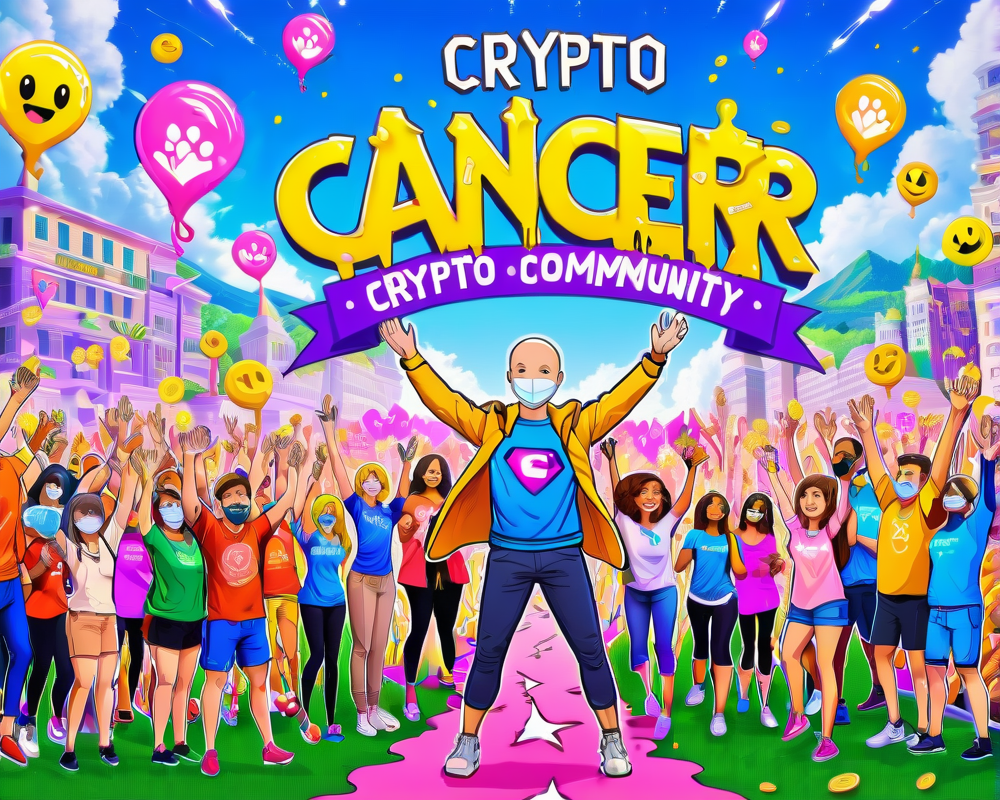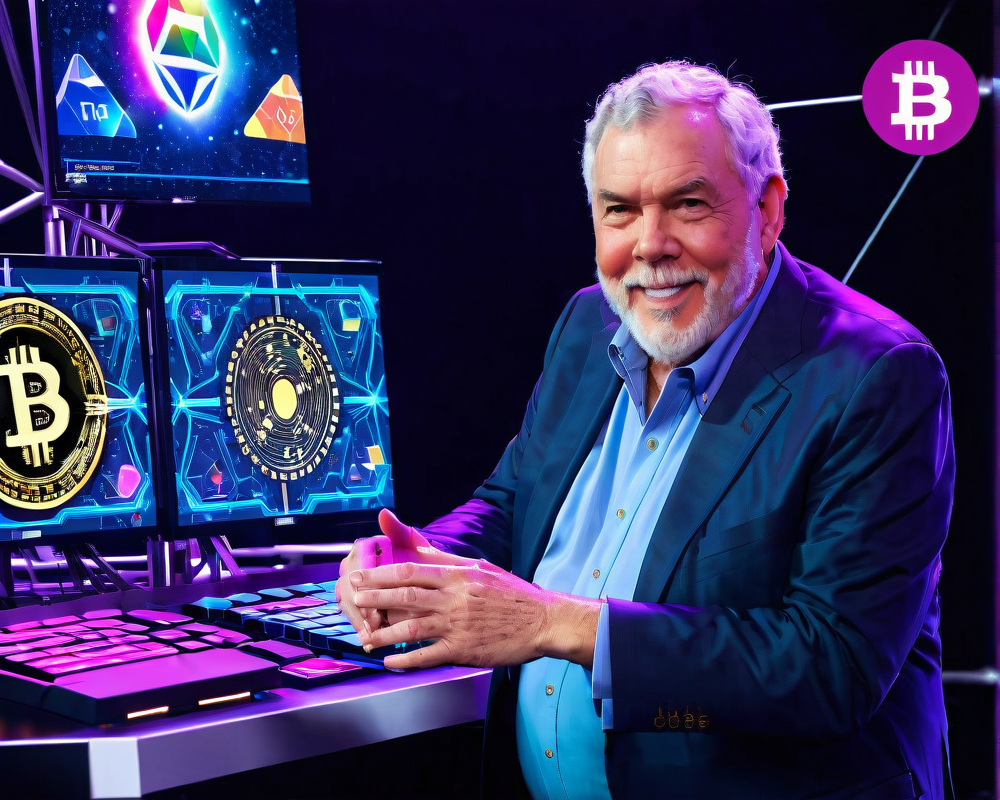The Art of Survival: Cuban Artists Turn to Digital Platforms
When the pandemic slammed the door on Cuba’s art market, the closure didn’t just quiet the galleries; it launched artists into the digital realm in a bid for survival. With traditional avenues blocked, many Cubans have embraced online marketplaces in an evolving struggle for expression and livelihood.
Censorship: A Heavy Hand from the North
But this isn’t just about adapting to a new way of selling art; it’s a fight against censorship. With U.S. sanctions hanging over their heads like a dark cloud, platforms such as OpenSea have been accused of excessively policing Cuban accounts. As Cuban visual artist, Gabriel Bianchini, pointedly puts it, “The embargo’s sanctions are so vague that platforms just prefer to not take the risk and close our accounts.” Just like that, creativity runs headlong into censorship.
The Not-So-Happy Digital Journey
For many artists, the shift to Web3 promised a fresh start. However, it soon turned into a recurring nightmare. Ernesto Cisneros, a musician dabbling in NFTs, recalls his heartbreaking journey through this new technological frontier. After losing earnings on Patreon due to the embargo, he helped onboard other artists onto Web3, only to witness their stories mirror his own as OpenSea began blocking Cuban accounts. His eventual retreat from the platform signifies more than loss; it represents a blow to community-building efforts.
Hacks and Vulnerabilities: A Digital Dilemma
The iron grip of censorship extends beyond mere account closures. Avinro, another NFT artist from Havana, showcases the additional peril of increased vulnerability to cyberattacks. “There are antivirus programs that don’t function correctly because I’m in Cuba,” he claims, describing how a malicious attacker sent him a virus disguised as a buyer inquiry on Zoom. This breach allowed the hacker to siphon off his earnings by taking control of his MetaMask wallet. The stakes are alarmingly high in this digital game.
Glimmers of Hope: Blockchain and Independence
Despite these trials, Cuban artists find a silver lining in technology. With the government’s recent announcement allowing cryptocurrencies, there’s hope for an empowered future, albeit within the bounds of strict regulation. The introduction of blockchain smart contracts might become a transformative tool. Bianchini captures the essence of this shift with enthusiasm: “There’s nothing more independent than a smart contract. Once you know how to program them, there’s no stopping you.” This revelation holds the potential for Cuban artists to reclaim their narratives and foster autonomy in a tech-driven landscape.




